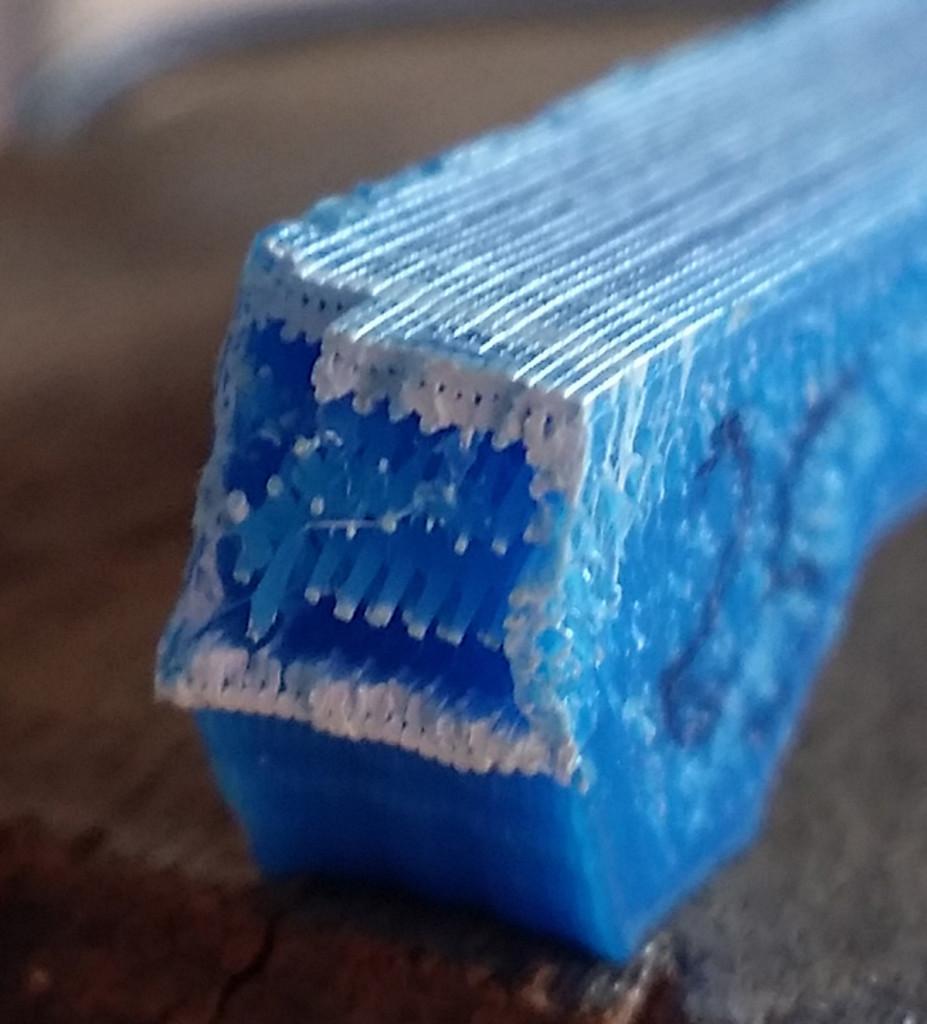 While there are many details to consider when 3D printing, from the inception of a workable concept to all the aspects of digital design and the process of 3D printing, strength in material is a biggie. You surely don’t want to go to all that trouble just to have your print fail or cave later.
While there are many details to consider when 3D printing, from the inception of a workable concept to all the aspects of digital design and the process of 3D printing, strength in material is a biggie. You surely don’t want to go to all that trouble just to have your print fail or cave later.
Cliff Smyth, author of Functional Design for 3D Printing, wrote his informative tome to help 3D printing hobbyists prepare ahead of time in order to make the most durable designs possible.
One aspect of 3D printing that doesn’t sound like nearly as much fun as whipping up a 3D design and seeing it print, but is very important to consider, is that of infill and shell parameters. These items have direct bearing on your 3D print, but vary with each design depending on material and how they will be 3D printed and used. It’s recommended–and just good common sense–that you plan to do some testing if your items are considered ‘critical.’
In his testing examples, Smyth used a standardized 6 mm cantilever beam. Load-carrying capacity was tested with a white plastic bucket bearing a ruler. Basically the 3D printed piece load beam being tested was used to lift the bucket, with its stress and durability being measured.
Four load beams were 3D printed using the same digitally designed 3D model. Smyth directed them to be sliced at varying settings for the purposes of testing, with Cura as the slicer. Parameters were, according to Smyth, adjusted with 3 beams bearing a .7 mm shell and 25%, 50%, and 75% rectilinear infill, as well as one beam with a 1.05 mm shell at 25% infill to be used as comparison.
As water was added to the buckets, stress on the beams holding them up was noted.
“Failure modes were universally in tension, with failure beginning in the upper (stressed) skin, propagating as a tear downward, as expected,” said Smyth.
 An interesting point was that increased flexibility seemed to offer added strength, although the beam that was the weakest in load capacity was the one “deflecting further than the others before failure.” The outcome would be:
An interesting point was that increased flexibility seemed to offer added strength, although the beam that was the weakest in load capacity was the one “deflecting further than the others before failure.” The outcome would be:
- Less infill creates more flexible parts
- More infill creates stronger parts – greater gains at 25-50%
“The material used/strength relationship of the reinforced skin vs. increased infill tests were very nearly linear with this model,” reported Smyth. “This was surprising, as I had anticipated that increasing the skin thickness would yield more strength per unit of plastic than increasing the infill. I’m not sure why.”
The tests yielded results that are fairly simple, but solid guidelines for 3D printing hobbyists to keep in mind as the amount of infill density is directly affiliated with strength/flexibility. To find the b est infill density possible for the 3D model at hand, users must consider geometry, infill pattern, and orientation.
est infill density possible for the 3D model at hand, users must consider geometry, infill pattern, and orientation.
“If your 3D printed part will have to withstand tension or compression loading in the Z-Axis, it will probably benefit from much higher infill densities, for example,” states Smyth. “An interesting observation was that the lighter infilled parts were able to accommodate more bending prior to failure, even though they failed at lighter loads.”
This also leads to a ‘downloader beware’ caveat. If there aren’t detailed printing specifications created for a 3D model and the user creates variances with Cura, outcomes could be very different from what the designer of an original file experienced or intended. Obviously, this is where testing comes in as well, if you don’t have detailed instruction files and know that you intend to tinker with a design.
Discuss these findings in the 3D Printing Infill and Shell Parameters forum thread over at 3DPB.com.
[Source: 3Dprintingforbeginners]
25% .7 mm shell test

Subscribe to Our Email Newsletter
Stay up-to-date on all the latest news from the 3D printing industry and receive information and offers from third party vendors.
You May Also Like
Why Corrosive Resistant Materials Are Important to the Success of 3D Printing Across Industries
The adoption of additive manufacturing (AM) is accelerating across many major industries. As this technological shift unfolds, the importance of corrosion resistance has emerged as a challenge for 3D printing...
America Makes Announces IMPACT 2.0: $6.6M in New 3D Printing Funding
America Makes, the Manufacturing Innovation Institute (MII) based in Youngstown, Ohio, has announced IMPACT (Improvement in Manufacturing Productivity via Additive Capabilities and Techno-Economic Analysis) 2.0, a project call which will...
3D Printing Webinar and Event Roundup: April 14, 2024
We’re starting off the week’s 3D printing webinars and events at ASTM AMCOE’s 11th Snapshot Workshop and MACH Exhibition. Stratasys continues its advanced training courses, SME is holding a virtual...
AMUK Welcomes Airframe Designs as British 3D Printing Industry Grows
While the UK is not the hub for 3D printer and materials manufacturers as other nations, the country continues to excel at the research, development, and application of additive manufacturing...
































